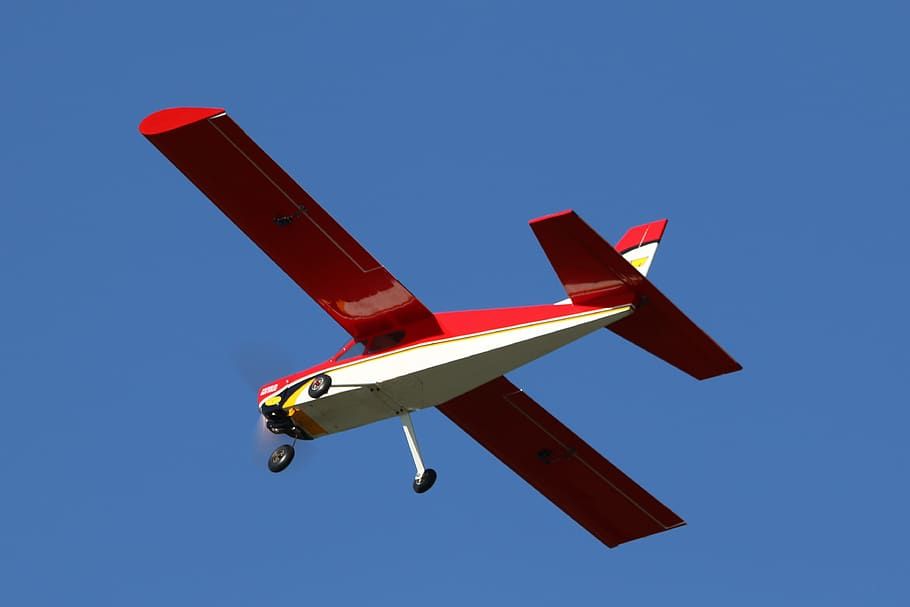Building a plastic model aircraft is one of the most popular model building hobbies, especially amongst youngsters and senior citizens. Many teenage boys and elders enjoy spending their free time building and gathering these model aircrafts. Some plastic model planes are produced in a limited-edition offer and harder to find.
From definition to buying guide, this article walks you through the essential details you need to know about plastic model planes.
What Is a Plastic Model Plane And When Was It Introduced?
Plastic model aircraft is a scale model plane designed and sold as a plastic kit that hobbyists can assemble. The models depict civilian or military aeroplanes and serve primarily as a static display, either presented alone or amongst other pieces in a diorama. Most airlines across the globe, including the British Airways and American Airlines, allow their fleet aeroplanes to be modelled for publicity.
The first aircraft model construction kits were created in the 19th century by Frog, a company operating in the British isles. Since then, several companies in the United States, including Renewal and Hawk, have produced their aircraft models.
Asian businesses only started to ride the bandwagon nearing the 20th century. Famous developers in Japan and China, including Hasegawa and DML, now actively participate in the industry. Over the years, well-known companies from Central Europe, Korea, and Russia have also entered the marketplace.
What Does The Model’s Scale Mean?
The actual model’s size depends on the following:
- The original size of the object
- The model’s scale
Most model planes have a 1/72 scale, which means that the original object is about 72 times bigger than the model. Hence, it the distance between the wingtips of the model is 3 foot, then the original plane would be around 216 feet. Other popular scales include 1/48, 1/32, 1/24 and a smaller scale of 1/144. Armour and tanks models are typically created in 1/35 scale, whereas ships are often within the 1/350 or 1/720 scale.
Which scale the hobbyist chooses to work with would depend mainly on their preference. A bigger plane would have more details. Large models, however, tend to be more costly and would take up more storage or display space.
What To Look For When Choosing a Plastic Model Plane Kits?
Searching and picking the right model kits that fit the buyer’s interest can be quite challenging. What makes a model planes interesting or fun would highly depend on the buyer’s preference or the people whom the plane is gifted.
Before purchasing a model plane kit, buyers should consider the following factors:
- The model’s difficulty level: Models with higher difficulty level will have more part included. Model kits usually come in five distinct levels, which range from very easy to expert levels.
- The modeller’s age: Be sure to check the model’s rating for children’s age. Models with a higher age rating tend to be more complex and challenging to assemble.
- The model’s scale: Model planes with a larger scale allow for more details. First-time buyers should opt for a smaller scale model planes.
- The model type: Modellers should know which type of aircraft model they want to build.
- Quality of materials used: Model planes made of high-quality materials will last longer.
- The vendor’s reliability: Buyers need to ensure that the vendor they want to engage with is reputable and trustworthy.
Conclusion
Plastic model aircraft has become one of the most popular hobbies over the years. When choosing your first model aircraft kit, be sure to consider the model’s type, scale, difficulty level, age ratings, and materials quality.
Author bio: Helen Harry is a freelance writer and a GOT fan. Apart from writing Technologies, she likes to read & write fiction. More than anything, she loves to spend her time with her family, explaining technologies to the elders.

